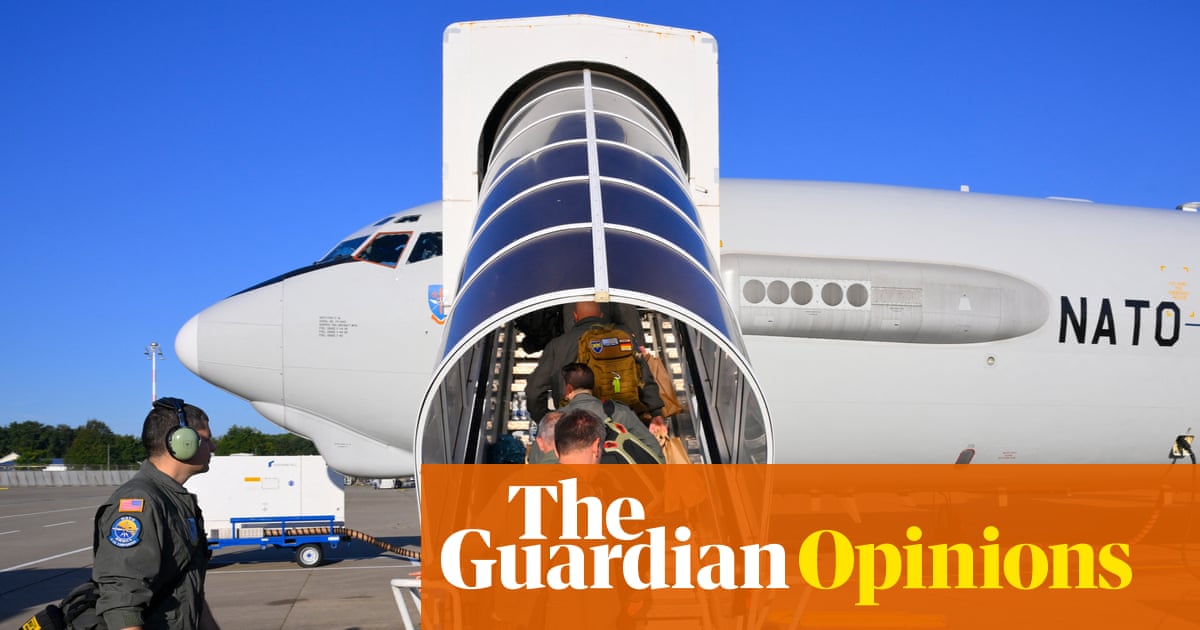
"Although there is a perception in the public memory that the cold war outsourced fighting to what we now call the global south, with the two superpowers avoiding direct military clashes, this is in fact not the case. There were several incidents in the early 1950s that involved US aircraft being attacked by Soviet interceptors. Two of these incidents in April 1950 and in June 1952 occurred over the Baltic Sea."
"And then, after the US developed the U-2 spy plane, the Soviets and their allies tried repeatedly to shoot down the intruders. The most famous of these episodes happened on 1 May 1960, when a U-2 piloted by Gary Powers was shot down over Sverdlovsk (today's Ekaterinburg), deep inside the Soviet territory. The shootdown was a propaganda victory for the USSR, which went on to proudly exhibit the plane wreckage and the unlucky pilot (who safely catapulted from the plane). But there the matter ended."
Recent incidents involved Russian drones and fighter jets violating NATO airspace over Poland, Romania, and Estonia, with some drones shot down and MiG-31s intercepted by Italian F-35s. The latest provocations are notably extensive and brazen. Incursions will end only when intruders are shot down. Shooting down occasional Russian fighters or drones is unlikely to produce broader escalation and may reduce tensions by reinforcing red lines. Cold War history shows repeated confrontations between US and Soviet aircraft without spiraling into general war. Notable episodes include early 1950s Baltic Sea attacks and the 1960 U-2 shootdown of Gary Powers.
Read at www.theguardian.com
Unable to calculate read time
Collection
[
|
...
]